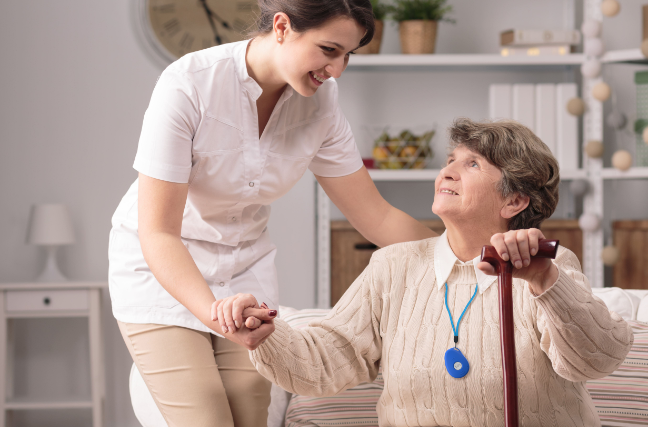America’s population is aging rapidly, and, as a result, healthcare spending on seniors with chronic conditions threatens to spiral out of control in the coming decades.
Each day more than 10,000 Americans turn 65, and this number is expected to double in the next few decades. By 2060, life expectancy for the total population is projected to increase by about six years, from 79.7 in 2017 to 85.6 in 2060.
Although aging is not a disease, it represents a significant risk factor for developing chronic disease. Nearly 80% of U.S. seniors live with at least one chronic disease, such as diabetes, arthritis and heart disease. Approximately 70% of Medicare beneficiaries have two or more.
The management of chronic diseases will present a significant burden on the U.S. healthcare system as the baby-boom generation ages and the number of individuals with chronic diseases increases. For example, the Centers for Disease Control and Prevention (CDC) estimates that 90% of America's $4.1 trillion in annual healthcare expenditures are for patients with chronic and mental health conditions.
How Fall Alert Systems are going beyond the medical alarm button
Due in part to the fragmentation of the U.S. health system, runaway costs associated with unnecessary medical usage among patients with chronic disease are a rampant problem. For example, in 2017, there were 3.5 million potentially preventable adult inpatient stays that accounted for $33.7 billion in aggregate costs, according to the Agency for Healthcare Research and Quality. The majority (77.1%) of potentially avoidable stays and associated costs were for individuals with chronic conditions.
In an effort to reduce unnecessary care utilization, many healthcare organizations have implemented technologies such as Fall Alert Systems.
While Fall Alert Systems are most often known for providing fall detection services for seniors who wish to live independently at home, the technology can also be used to signal for help in emergent situations such as a cardiac event, difficulty breathing or the worsening of a chronic condition.
Fall Alert Systems have also been effective for post-care monitoring after patients are treated, discharged from the hospital, and have returned to their homes. Post-care monitoring is a significant factor in reducing unnecessary readmissions while ensuring the best possible outcomes for patients. In addition, fall alerts can provide a response to patients experiencing lower-acuity symptoms, helping to reduce the strain on emergency care services. Finally, a fall alert system with SOS help alert can offer patients a human touch by providing the ability to connect to a live person and hear a friendly voice that can offer help or support.
Studying Fall Alert Systems impact on seniors
To measure the impact that Fall Alert Systems have on healthcare utilization and to better understand the care needs of patients we conducted a quantitative data analysis of over 211,000 medical alert calls.
The analysis showed that falls were the primary reason behind 53% of the alert calls. In addition, fall alert systems with sos buttons were utilized for individuals with respiratory (12.1%), pain (10.6%), GI (3.1%), cardiac (2.9%) and stroke-related symptoms (1.1%).
The analysis also found that nearly 90% of all alert calls did not require escalation to higher levels of care. Further, 42% of adults were able to be assisted with their care needs and resolved onsite without emergency intervention or hospitalization.
Next in our internal study, to better understand and demonstrate the impact of Fall Alert Systems with a powerful analytics platform on emergency department (ED) utilization, readmissions rates and hospitalization costs, our findings were mapped and integrated with an IRB-approved research study of over 370 randomized individuals, including 189 in a controlled group and 181 in an intervention group.
The study results showed a significant reduction in readmissions, ED visits and overall hospitalization costs, including a 68% decrease in 90-day readmissions with a corresponding triple decrease of proportion in patients with any 90-day readmission, a 53% decrease in 180-day readmissions, a 49% decrease of 180-day EMS encounters, and a 31% decrease in hospitalization costs.
For healthcare organizations and payers seeking solutions that help drive earlier interventions and lower care costs these findings demonstrate that Fall Alert System technology can help predict individuals at high-risk and facilitate more preventive interventions that significantly reduce readmissions, ED visits, and overall hospitalization costs. As the healthcare industry faces workforce shortages, increasing rates of chronic disease and skyrocketing care costs, this research shines a light on Fall Alert Systems backed by analytics as a cost-effective solution that can help lower unnecessary care utilization while enabling more seniors to age gracefully and safely at home.
SafeGuardian, LLC - veteran owned/operated company
800-378-2957

